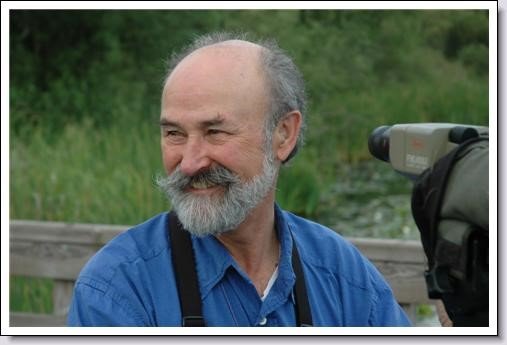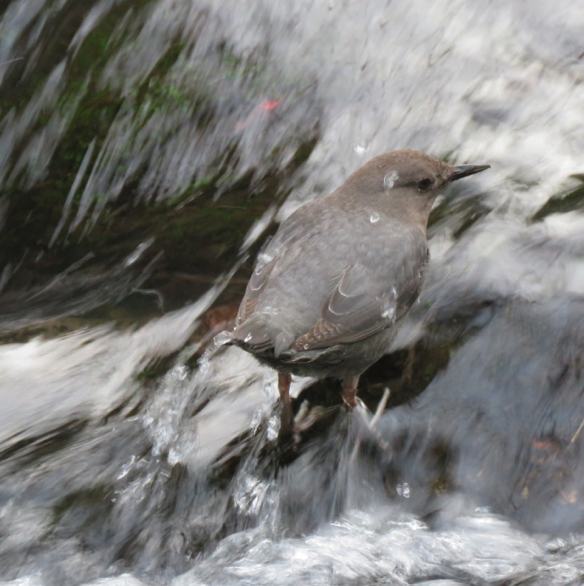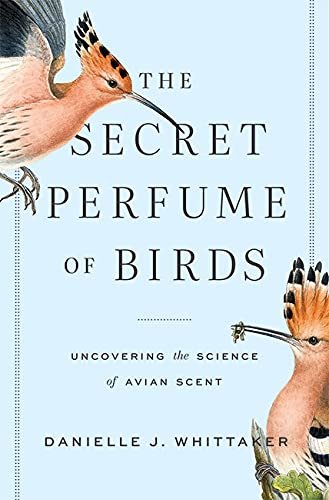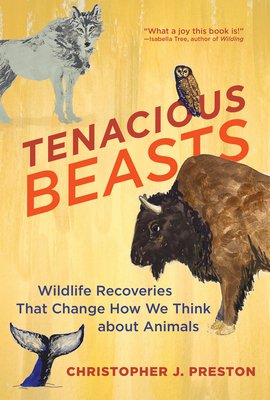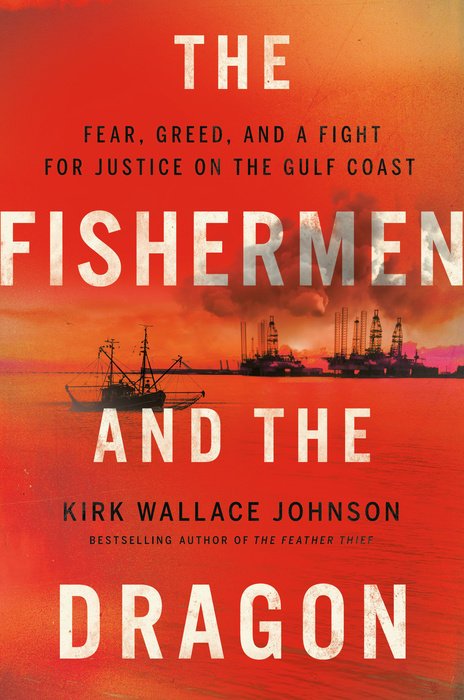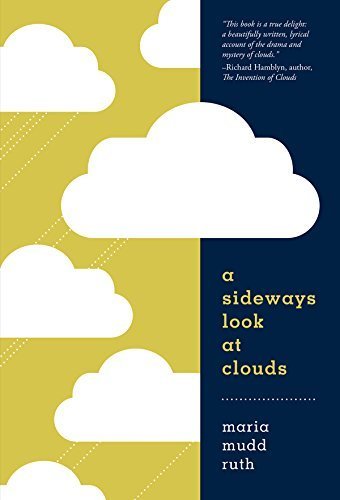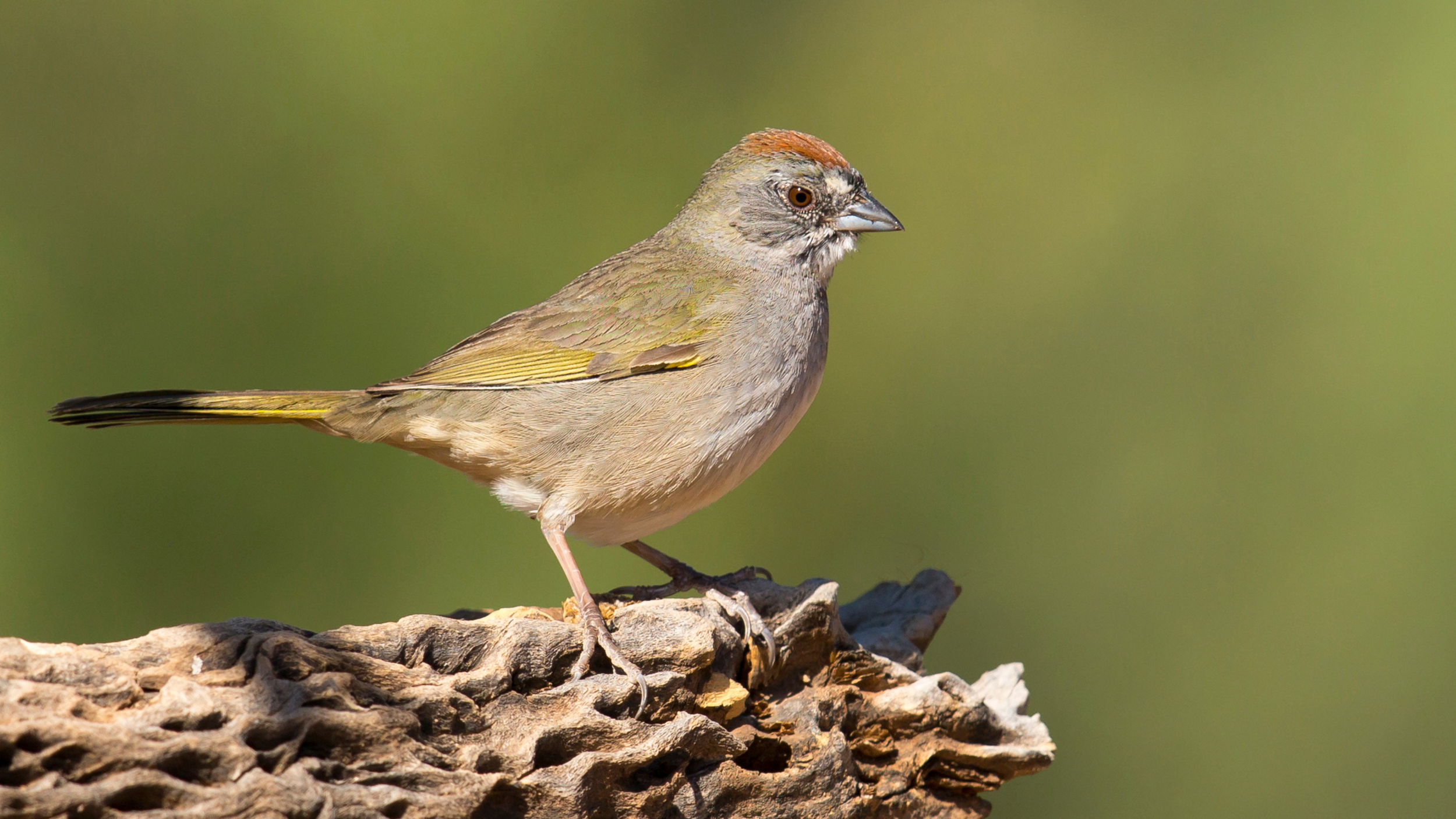Remembering Brian Bell
Written by Michael Hobbs
Brian Bell, popular field trip leader, teacher about birds, and dedicated member of Eastside Audubon, Birds Connect Seattle (formerly Seattle Audubon), and the Washington Ornithological Society.
Brian Bell was a popular field trip leader, teacher about birds, and dedicated member of Eastside Audubon, Birds Connect Seattle (formerly Seattle Audubon), and the Washington Ornithological Society. He passed away unexpectedly on August 6, 2023. The following memorial was written by Michael Hobbs and originally published on Tweeters, the University of Washington list-serve for the birding community where Brian posted reports from his many field trips. (Ed.)
To Tweeters,
It is with a very heavy heart that I relate that Brian Bell passed away last weekend.
Brian arrived in the PNW in 1995, already a very serious birder. He came to us from the Sacramento area, where he had been president of Sacramento Audubon, led and arranged field trips, helped manage the 400+ acre Bobelaine Audubon Sanctuary along the Feather River, and was a co-author of Areas of Critical Concern, a book which identifies valuable natural areas in the greater Sacramento area.
Once arriving here, he continued his strong interest in promoting birding and teaching others, becoming a board member for Eastside Audubon and the Washington Ornithological Society (WOS), serving as Field Trip Chair for Seattle Audubon, and leading field trips for Eastside Audubon, Seattle Audubon, WOS, the Othello Sandhill Crane Festival, and the Gray's Harbor Shorebird Festival.
That's not just a few field trips. He led probably at least 100 trips to Whidbey Island alone. Brian led more field trips than any other birder I know, a huge commitment towards teaching people about birds and birding. Always, he not only led a field trip, but turned it into a learning experience for the participants.
In addition to leading field trips, Brian also taught many classes for Seattle Audubon Society, Eastside Audubon Society, Shoreline Community College, and North Seattle Community College. The courses included: Beginning Birding, Birds of Puget Sound, Water Birds, Woodpeckers, Birding by Habitat, and Summer Birds of the Mountains. He was one of the early Seattle Audubon Master Birders.
He ran his own guiding business under the business name of Peregrine Northwest, helping out-of-town birders find our local specialties. He authored Birds of Washington State (2006, Lone Pine Publishing).
At the WOS conference in Moses Lake in 2019, I was honored to present the Zella M. Schulz Lifetime Achievement Award in recognition of Brian’s long-term commitment to sharing his knowledge of birds with others.
In addition to all of that, Brian was effectively the co-founder of the Marymoor Survey. When we first met, on the boardwalk at Marymoor Park in 1995, it wasn’t even a survey yet; just me, a beginning birder, walking around and keeping a list once each week.
Brian started coming out with me almost every week and taught me everything he could. Suddenly, “I” was finding more birds. He taught me the concept of birding by ear, and then tirelessly worked to actually teach me the bird songs and calls.
And this continued for over 1000 surveys from 1995 through our survey last week! He also covered for me on 125 surveys when I was sick, injured, or out-of-town.
The common theme throughout this list of contributions is that Brian made a tremendous commitment to teaching others, an amazing gift that a huge number of people have benefited from. I am sure that Brian will be greatly missed by the PNW birding community. And, I can’t even fathom the reality that he will no longer be birding at my elbow every Thursday morning.






